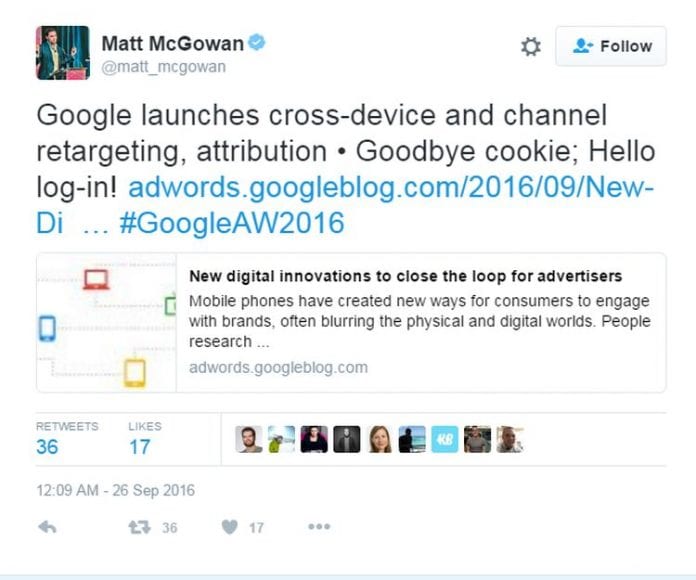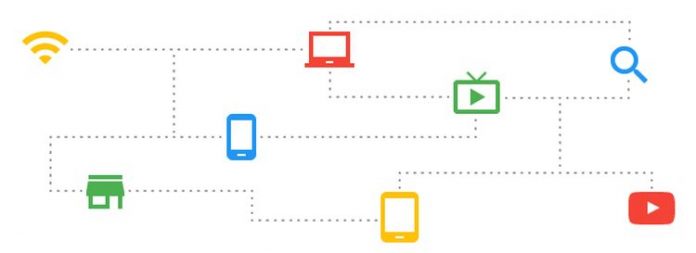Google has for many years now been looking for new ways that are even better to measure and track the ads that people are exposed to as they use different devices, and in this week of Ad Week that is happening in New York, the company has said it will increase Brand Lift to cover both online content and TV. This feature they said will allow businesses to add Google photos and Map data to their ads just like what Facebook is doing.
These moves are not new to what the company, but more like updates to enable them change the way they identify people when making use of smartphones, computers, TV as well its other features found in its email, maps and Android to maximise advertising and stay on top.
In the past, the company had relied on making use of mobile IDs and cookies to track users for marketing purposes. However, that pattern has not done much for the company when campaigning across devices and channels, a reason the company decided to make a switch to Customer Match that is logged-in-data. This feature allows Google to match emails of businesses with its own users’ databases when logged in so as to know them more and better channel adverts to them.
Brand Lift has been in existence since 2011 but has been undergoing improvements and updates so as to get better at measuring ads on online video like YouTube. Companies like Twitter have been doing that for years which make people wonder why Google is just releasing the feature to TV.

The company claims YouTube makes more money than TV when it comes to impression and this could be because the ads are already online and clickable. There is still a gap on how popular TV and print are since they still get large quota from businesses for ads placement.
What Google intends doing is that they will work more with location data in placement of ads, and according to a test it carried out with Home Depot, advertisers will look out for ads taking into consideration their users’ physical location when carrying out a search? Google will tap into a user’s search history, location as well as the user’s interest and available data.
After the ad is served, then the location data of the company of interest will be made available to the user. If after the user leaves a physical location with their phone on them, Google will take this information and send back to the advertiser so as to be able to check the impact.
The third plan Google has is to carry out remarketing around its cross-devices so as to work on different devices. According to the company, advertisers will be given more control and transparency with the help of DoubleClick Bid Manager and its Display Network. It will also serve as a competitor for Facebook’s user data.









